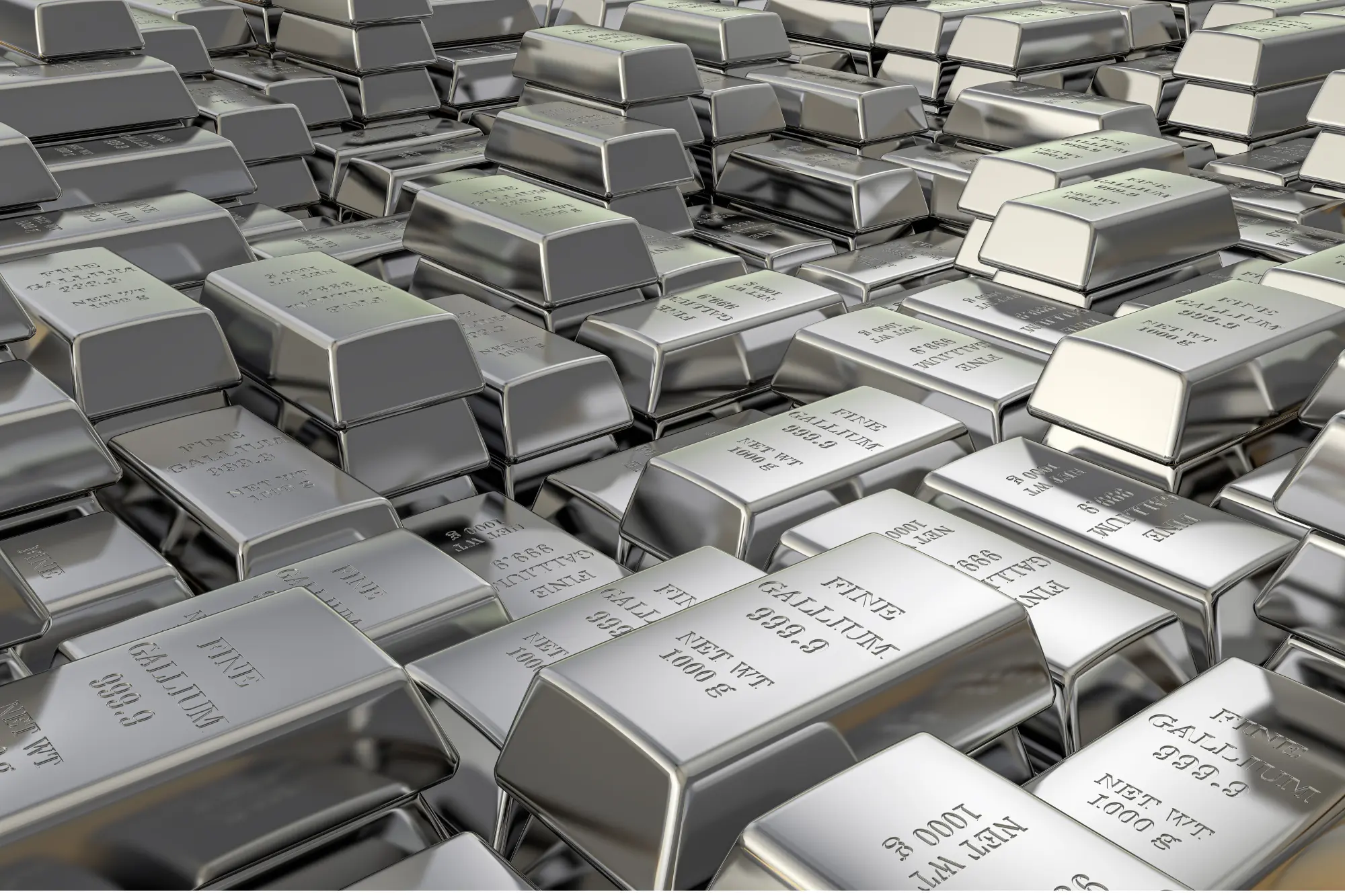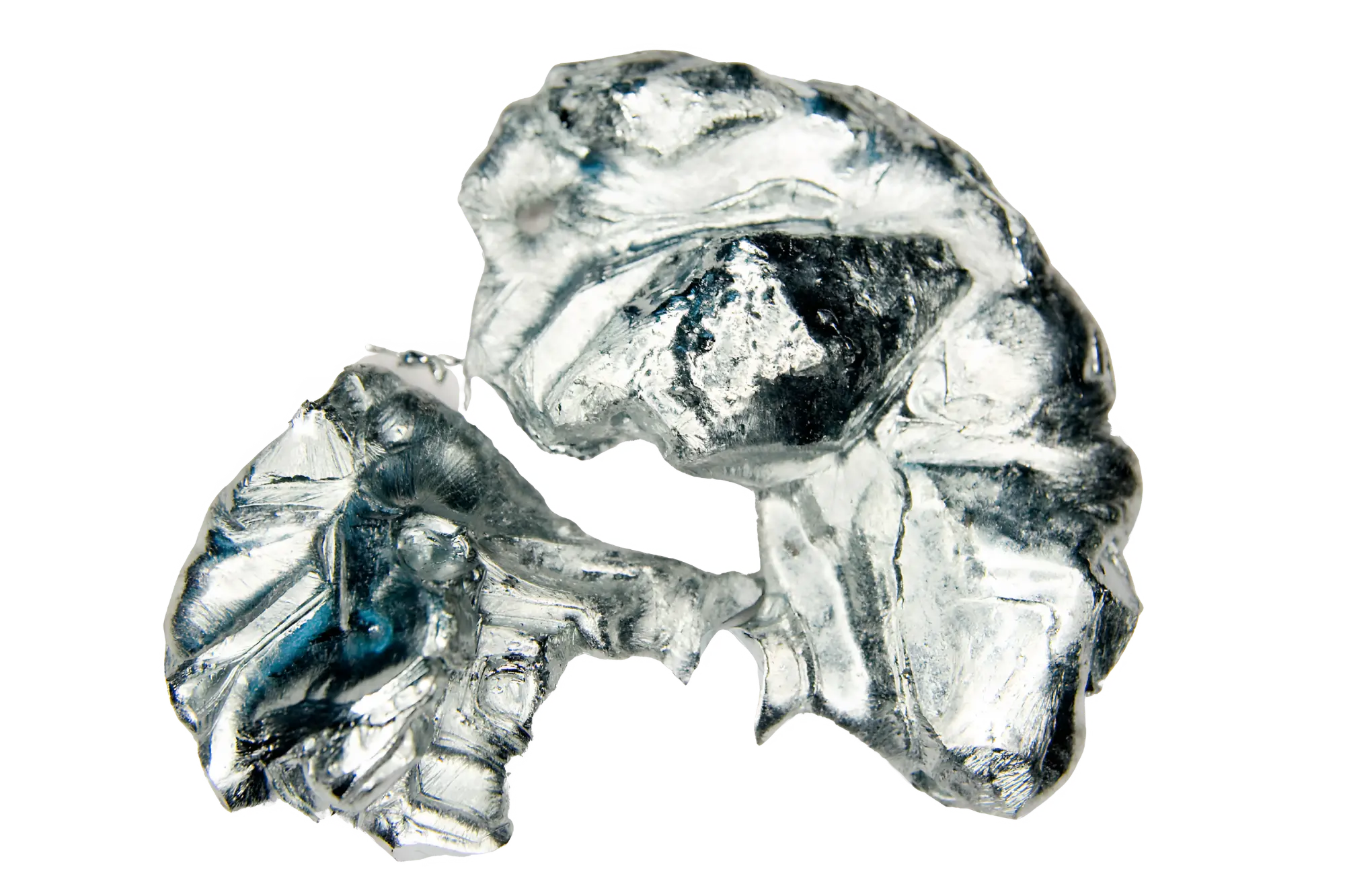
Gallium Scrap Recycling
Quest Alloys specializes in sorting, valuing and recycling all forms of gallium and ga-containing materials, including but not limited to LEDs, solar cells, laser technology, glass and mirrors.

Quest Alloys specializes in sorting, valuing and recycling all forms of gallium and ga-containing materials, including but not limited to LEDs, solar cells, laser technology, glass and mirrors.
We provide expert services in gallium refining- this includes everything from inspection to sampling and verification. Our services are available globally letting so you connect with us anywhere in the world. Moreover, we handle all logistics surrounding the import and export of your gallium scrap, and offer competitive gallium pricing.

As an ISO 9001 certified processor and supplier, we pride ourselves on fast service, prompt payment and compliancy with all major air and vacuum smelters. Call us and discover how simple tantalum recycling can be. We pay for and move your materials from anywhere in the world with superior efficiency to ensure prompt delivery of goods to our global consumers.


Gallium is ubiquitous in most electrical devices. Here are a few items where it's commonly found:
In photovoltaic cells, particularly in Copper Indium Gallium Selenide (CIGS) solar cells, which are known for their efficiency in converting sunlight to electricity. CIGS panels are favored for space applications and terrestrial power generation.
Gallium is often added to alloys to create low-melting point materials. An example is the eutectic alloy of gallium, indium, and tin (Galinstan), used as a liquid metal in thermometers, replacing mercury due to its non-toxicity.
Gallium alloys are also used in nuclear reactors and heat transfer systems.
Gallium compounds are being investigated for medical imaging and as treatments in cancer therapies. Gallium nitrate and gallium citrate are sometimes used for therapeutic purposes in managing hypercalcemia and certain types of cancers.
It's also a key component in light-emitting diodes (LEDs), particularly in blue and green LEDs. Gallium nitride is central to the development of white LEDs, which are used in a wide array of consumer electronics, automotive lighting, and general-purpose lighting.
Gallium-based materials are used in optical devices for telecommunications, barcode readers, and medical instruments. These applications often require the use of gallium arsenide (GaAs) and gallium nitride (GaN) for their superior electronic properties.
Gallium trioxide is sometimes used in glass manufacturing to improve the properties of the glass. Additionally, gallium alloys are employed in specialized mirrors, especially in telescopes and scientific instruments.
Gallium is used in hydrogen storage materials as part of research and development for efficient hydrogen economy solutions. Some gallium-based alloys can absorb and release hydrogen effectively.